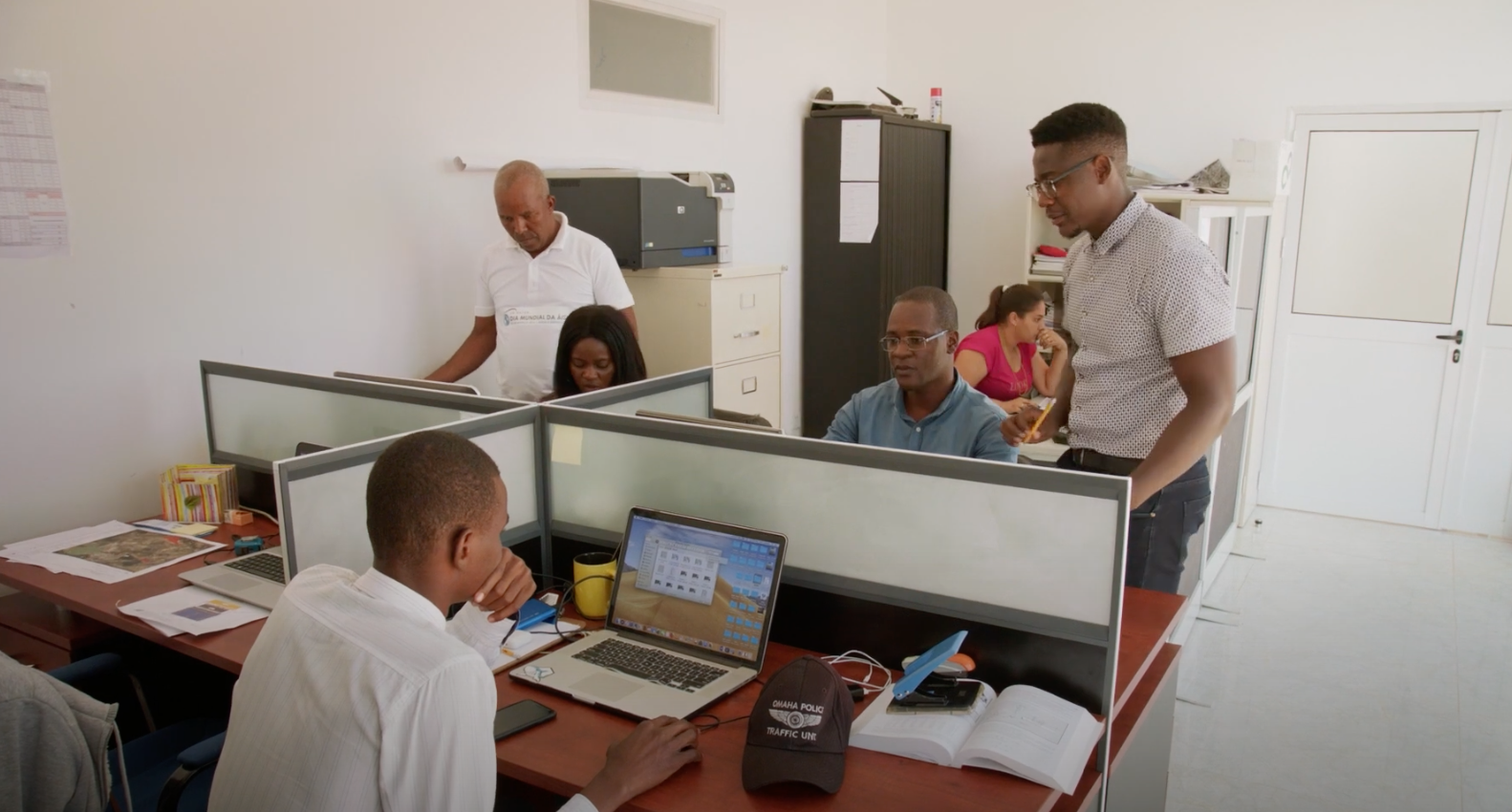 Angola utility. World Bank
Angola utility. World Bank
For many policy makers around the world, building infrastructure is the first solution that’s considered when attempting to solve challenges associated with the provision of basic services, including water supply. However, after spending large amounts of money on infrastructure, many service providers neglect to properly operate and maintain it, which eventually results in the infrastructure becoming dilapidated, obsolete and in need of replacing. Thus, many utilities are often stuck on a costly build-neglect-rebuild cycle. A lack of capacity in water utilities - mainly inadequate staffing skills, procedures and protocols in place for proper operations and maintenance (O&M) - is the main culprit for this vicious cycle. Another factor that exacerbates the cycle is an inadequate enabling environment that includes, but is not limited to political interference, a lack of incentives for O&M, and a limiting legal and regulatory framework. In addition, water utilities in many countries have poor accountability and incentives’ frameworks, thus reducing the motivation to improve performance.
One option that governments have is to involve the private sector in water supply provision, which many see as the silver bullet needed to improve service delivery - often in the form of Public-Private Partnerships (PPPs). Under this arrangement, the private operator has a contractual obligation to meet specific targets and report on indicators; therefore, all efforts are focused on honoring the contract and meeting the agreed performance targets. Since the main motivator for private operators is profit generation, knowledge transfers to public sector counterparts is not considered a priority and is often neglected, thus threatening local ownership and the long-term sustainability of water supply services while also perpetuating the need for external support. Furthermore, structuring and implementing a PPP can be transaction heavy and requires strong political commitment, which in general is difficult to secure.
Challenges related to non-existent or limited knowledge transfers can be addressed by bringing on-board consultants or involving development partners and other stakeholders offering technical assistance (TA) and different arrangements for building local capacity. Nonetheless, some TA providers lack understanding of the larger context and complexities of local water supply operations, which may result in piecemeal solutions that do not contribute to the long-term sustainability of safe and reliable water supply. Moreover, there is no incentive or accountability mechanism to ensure that offered solutions and support result in better services, which means that efforts put into knowledge transfer can go to waste.
A solution to the presented limitations of PPPs and ad-hoc TA is a blended approach that leverages the best of both worlds. In Angola, this blended solution is known as the management contracts currently being implemented under the World Bank-supported first and second water institutional development projects (PDISA 1 and 2). Despite the challenges in attracting the private sector, management contracts were procured through a competitive bidding process for six provincial water utilities and had remarkable effects on the performance of the utilities and the service delivered. Furthermore, capacity was successfully built in the local counterpart, while utility performance and the associated quality of water services were sustained once the contracts were finished. This was made possible by establishing a clear incentive mechanism aligned with an institutional delegation of tasks and an accountability structure; with all of this being backed up by financial and technical support from the World Bank and other development partners.
Under this blended approach, technical and commercial management functions were delegated to the management contractors, which is common under a PPP model. However, since the contractors didn’t bring their own personnel, they had to work with the staff of the existing utility. In that regard, for the contractor to achieve the targets, it was in their interest to genuinely transfer knowledge to the local water utility staff and ensure a complete understanding of the interventions and adoption of best practices. Three full time specialists from the management contractor’s team were housed within the water utility and mirrored the utility’s management structure to ensure proper integration and coordination.
The contracts were structured around a series of bonuses and penalties for the management contractor upon meeting a specific set of indicators and quality standards related to water supply provision and knowledge sharing. Failing to meet the indicators results in payments below the service fee set by the contractual agreements, while going above the set indicators results in obtaining an extra margin on the compensation fees. An independent verification agent is tasked with carrying out an objective assessment of the level of achievement of indicators. In parallel to the contract signed between the government and the contractor, there is an agreement signed between the government and utility management with the same set of indicators that aligns the incentives of the management contractor and utility staff.
In the case of Angola, the management contracts have offered the right mix of solutions for a country undergoing crucial transformation in basic service delivery, proving that they could be a powerful tool for capacity building, service improvement and the sustainability of water and sanitation services.
Nonetheless, it is imperative to ensure proper incentive mechanisms along with indicators to track performance. The structure of management contracts in Angola ensures that the water utilities in the provinces do not address their challenges with infrastructure solutions alone, thus reinforcing the vicious build-neglect-rebuild cycle; but rather, that they follow a holistic approach that ensures efficient and sustainable service delivery.
References:
Angola - Second Water Sector Institutional Development Project (English). Washington, D.C.: World Bank Group. http://documents.worldbank.org/curated/en/924421489370460319/Angola-Second-Water-Sector-Institutional-Development-Project
Verougstraete, Mathieu. Building Capacity for Public-Private Partnerships (blog), March 24, 2016. https://blogs.worldbank.org/ppps/building-capacity-public-private-partnerships.
Heymans, Chris; Eberhard, Rolfe; Ehrhardt, David; Riley, Shannon. 2016. Providing Water to Poor People in African Cities Effectively: Lessons from Utility Reforms. World Bank, Washington, DC. © World Bank. https://openknowledge.worldbank.org/handle/10986/25115 License: CC BY 3.0 IGO.”
Mumssen, Yogita; Saltiel, Gustavo; Kingdom, Bill. 2018. Aligning Institutions and Incentives for Sustainable Water Supply and Sanitation Services. World Bank, Washington, DC. © World Bank. https://openknowledge.worldbank.org/handle/10986/29795 License: CC BY 3.0 IGO.
Spiegel, Shari, and Mathieu Verougstraete. When (and When Not) to Use PPPs (blog), May 31, 2018. https://blogs.worldbank.org/ppps/when-and-when-not-use-ppps.



Join the Conversation